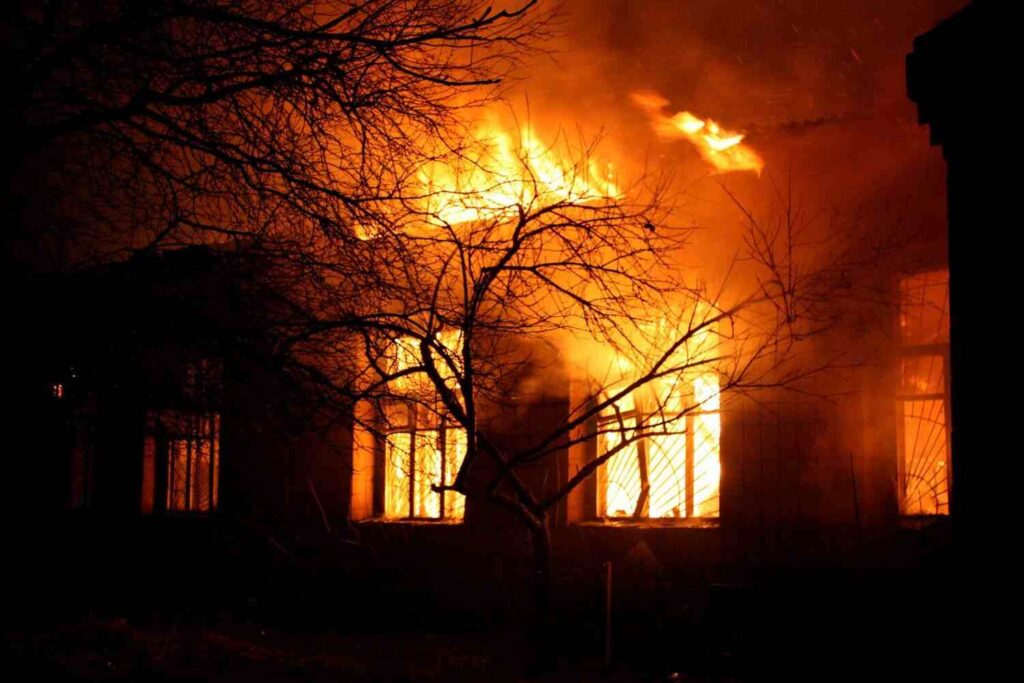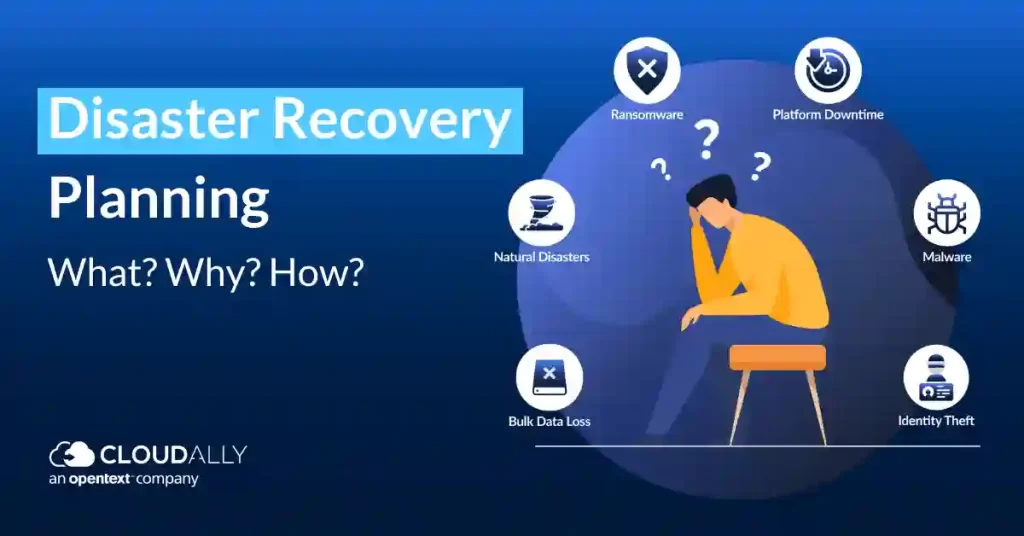Blogs
Retail Stores and fire Damage Recovery Strategies
Imagine the hustle and bustle of your favorite retail store suddenly disrupted by an unexpected fire. It’s a nightmare scenario, but in the face of adversity, there’s hope. In this blog post, Intensa Dry Water Damage Restoration dives to the world of retail store fire damage and uncovering strategies to bounce back stronger. From immediate response plans to long-term recovery tactics, we’ll navigate the path to restoration together. So, grab a seat, and let’s explore how retail stores can rise from the ashes and not just recover but thrive after a fire.
Immediate Response and Assessment

The first crucial step in mitigating the impact of fire damage is to execute an immediate and thorough response plan. Safety should be the top priority for both employees and customers. Evacuation procedures must be clear and well-practiced, and emergency services should be contacted promptly. Once the fire is extinguished and the area deemed safe, a comprehensive assessment of the damage should be conducted. This assessment will guide the subsequent steps in the recovery process.
When disaster strikes, swift action is the linchpin for minimizing the impact of fire damage on a retail store. Safety takes center stage as employees and customers evacuate, ensuring everyone is out of harm’s way. The first responder teams are crucial, and emergency services must be alerted promptly. Once the flames are quelled, a meticulous assessment of the damage ensues. This critical step involves evaluating structural integrity, identifying salvageable inventory, and documenting the extent of destruction. Speedy and comprehensive response not only ensures safety but lays the foundation for an effective recovery plan.
The HVAC (Heating, Ventilation, and Air Conditioning) system plays a crucial role in the immediate response and assessment after a fire incident. Rapid evaluation of the HVAC system is essential to prevent the spread of smoke and contaminants, ensuring a safer environment for both emergency responders and occupants during the initial assessment of fire damage.
Insurance and Documentation
Promptly engaging with insurance providers is essential for expediting the recovery process. Retailers should ensure that their insurance policies adequately cover fire damage and that they understand the claims process. Detailed documentation of the damage, including photographs, inventory lists, and financial records, will strengthen the insurance claim. Thorough documentation is not only crucial for insurance purposes but also aids in securing financial assistance or loans for the recovery efforts.
Navigating the aftermath of a fire demands a seamless interaction with insurance providers. Retailers must promptly initiate contact, ensuring their policies cover fire damage. The key lies in meticulous documentation, capturing the devastation through photographs, inventory lists, and financial records. This detailed dossier serves as the backbone for insurance claims, fortifying the retailer’s position in negotiations and expediting financial assistance. A thorough understanding of the claims process and clear documentation are pivotal in securing the necessary support for the journey towards recovery.
In the intricate dance of post-fire recovery, the documentation not only aids in insurance claims but also becomes a valuable asset for accessing additional financial resources or loans. It transforms into a comprehensive record that not only showcases the tangible losses but also reinforces the narrative of the retail store’s resilience and determination to bounce back. A well-documented case becomes a powerful tool, streamlining the recovery process and bolstering the retailer’s ability to rebuild and reestablish their business with confidence.
Securing the Property
After a fire incident, the structural integrity of the retail store may be compromised. Securing the property to prevent further damage is imperative. This may involve boarding up windows, reinforcing doors, and installing temporary roofing. Collaborating with professionals in building restoration and security can help ensure that the premises are protected from additional harm, minimizing losses during the recovery phase.
- Immediate Actions: Board up windows promptly.
- Reinforce Doors: Ensure doors are secure against unauthorized entry.
- Temporary Roofing: Install temporary roofing to prevent further exposure to the elements.
- Professional Assistance: Collaborate with building restoration and security professionals.
- Minimize Additional Damage: Swiftly address structural vulnerabilities to prevent exacerbation.
- Ongoing Monitoring: Regularly inspect and reinforce security measures throughout the restoration process.
- Prevent Unauthorized Access: Restrict access to the property to authorized personnel only.
Professional Restoration Service
Engaging professional restoration services is vital for efficiently and effectively addressing fire damage. Experienced contractors can assess the extent of structural damage, develop a restoration plan, and execute necessary repairs. Restoration professionals can also assist in salvaging and cleaning inventory, fixtures, and equipment that may have been affected by smoke, water, or fire retardants. Timely restoration efforts can significantly reduce downtime and enhance the chances of a successful recovery.
Engaging professional restoration services is a cornerstone of effective fire damage recovery for retail stores. These experts bring a wealth of experience, assessing the extent of structural damage with precision and formulating a comprehensive restoration plan. From salvaging and cleaning smoke-damaged inventory to executing necessary repairs, their expertise expedites the recovery process. Timeliness is key in minimizing downtime and potential revenue loss. By entrusting the restoration to professionals, retailers ensure a thorough and efficient recovery, allowing them to resume operations swiftly and provide a sense of normalcy to both employees and customers.
Temporary Business Operations
While the restoration process is underway, maintaining some level of business operations is essential for sustaining cash flow and customer loyalty. Retailers may consider setting up temporary locations or pop-up shops to continue serving customers. E-commerce platforms can also be leveraged to keep the business running online. Communication with customers about the temporary changes in operations is crucial to maintaining transparency and trust.
Establishing temporary business operations is a strategic move for retail stores in the aftermath of a fire. Whether through pop-up shops or online platforms, maintaining a presence is vital for sustaining cash flow and customer relationships. This adaptive approach not only helps mitigate financial losses during the restoration period but also showcases resilience. Clear communication with customers about the temporary changes fosters trust and loyalty, ensuring that the business stays connected with its audience even in challenging times.
Employee Support and Communication
In times of crisis, communication with employees is paramount. Clearly conveying information about the situation, plans for recovery, and the status of employment can help alleviate anxiety among staff members. Offering support services, such as counseling or assistance with insurance claims, demonstrates a commitment to the well-being of employees. Keeping the lines of communication open fosters a sense of unity and shared purpose among the team.
In times of crisis, transparent communication and robust support for employees are paramount. Retailers should keep their staff informed about the situation, plans for recovery, and the status of employment. Providing support services, such as counseling or assistance with insurance claims, demonstrates a commitment to employee well-being. Open lines of communication create a sense of unity, assuaging anxieties and fostering a resilient team spirit. Nurturing these relationships during challenging times not only ensures a smoother recovery process but also strengthens the bond between the employer and the workforce.
Community Engagement and Public Relations
Engaging with the local community and managing public relations effectively can play a pivotal role in the recovery process. Keeping customers informed about the progress of the restoration, sharing success stories, and expressing gratitude for community support can help rebuild trust and strengthen the retailer’s reputation. Positive community engagement can lead to increased customer loyalty and support during the challenging recovery period.
Community engagement and effective public relations play a pivotal role in retail store recovery post-fire. Keeping the local community informed about restoration progress, expressing gratitude for support, and showcasing commitment to safety rebuilds trust. Positive engagement enhances the retailer’s reputation, fostering community loyalty that can be instrumental in the store’s successful resurgence.
Additionally, strategic public relations efforts can turn challenges into opportunities by highlighting the retailer’s commitment to community well-being. Sharing success stories and maintaining transparent communication contribute to a positive perception, creating a resilient image that resonates with customers and strengthens the retailer’s ties with the local community during the recovery phase.
Strategic Marketing and Branding
Once the retail store is on the path to recovery, strategic marketing and branding efforts become crucial. Highlighting the resilience of the business, emphasizing any improvements or upgrades made during the restoration, and showcasing a commitment to safety and quality can contribute to a positive perception among customers. A well-executed marketing strategy can rekindle interest in the brand and attract new customers.
Strategic marketing and branding efforts post-fire should emphasize not just recovery but the transformation enabled by reconstruction services. Highlighting upgraded facilities, enhanced safety measures, and a commitment to quality, retailers can reposition themselves positively. Integrating the narrative of reconstruction services into the marketing strategy communicates resilience, attracting customers with the promise of a rejuvenated and secure retail environment.
Long-Term Planning and Prevention

As the retail store emerges from the aftermath of fire damage, a comprehensive long-term plan is essential. This plan should include ongoing risk assessments, updated emergency response procedures, and investments in fire prevention measures. Collaborating with fire safety experts and local authorities can provide valuable insights into minimizing the risk of future incidents.
Long-term planning is the compass guiding retailers beyond recovery, seamlessly integrating fire damage restoration services. Incorporating routine risk assessments and collaboration with restoration experts, businesses fortify against future disasters. By investing in prevention measures and building a resilient infrastructure, retailers not only ensure a safer future but also position themselves as proactive entities, garnering trust. The synergy between long-term planning and fire damage restoration services establishes a robust foundation for sustained success.
FAQs
What is fire damage and how restoration works?
The process involves removing and repairing the parts of the structure damaged by a fire while also removing any smoke damage that might have come as a result of the fire as well. Fires are devastating forces. In the US alone, fires accounted for $21.8 billion in damages, according to the 2020 NFPA report.
What is the recovery after a fire?
This phase may include restoring burned habitat, reforestation, other planting or seeding, monitoring fire effects, replacing burned fences, interpreting cultural sites, treating noxious weed infestations, and installing interpretive signs. Plant for erosion control or stability reasons.
What are the restoration techniques?
There are two main categories of restoration methods: inverse filtering and deconvolution. Inverse filtering is a simple and fast method that applies the inverse of the degradation function to the degraded image. However, inverse filtering is very sensitive to noise and often amplifies it in the restored image.
How do you clean up after a fire?
To remove soot and smoke from walls, furniture and floors, use a mild soap or detergent or mix together 4 to 6 tbsp. tri-sodium phosphate and 1 cup household cleaner or chlorine bleach to every gallon of warm water. Wear rubber gloves. Be sure to rinse surfaces with clear warm water and dry thoroughly.
How do you rebuild your life after a fire?
Some self-care strategies you may want to consider are: Practicing proven stress-reduction techniques, such as regular exercises, meditation, and deep breathing. Allowing yourself to feel bad, cry, and release negative emotions in a healthy manner. Giving yourself permission to feel good.
Conclusion
In the face of fire damage, the recovery journey for retail stores is a testament to resilience and strategic planning. From immediate response actions to long-term rebuilding, each step is integral to a successful comeback. Engaging professional services, maintaining transparent communication, and leveraging community support form the backbone of recovery. Strategic marketing, brand repositioning, and integration of reconstruction services not only signal recovery but transformation. As retailers rise from the ashes, the fusion of immediate actions and thoughtful planning propels them towards a future defined by safety, innovation, and a renewed connection with their community.

